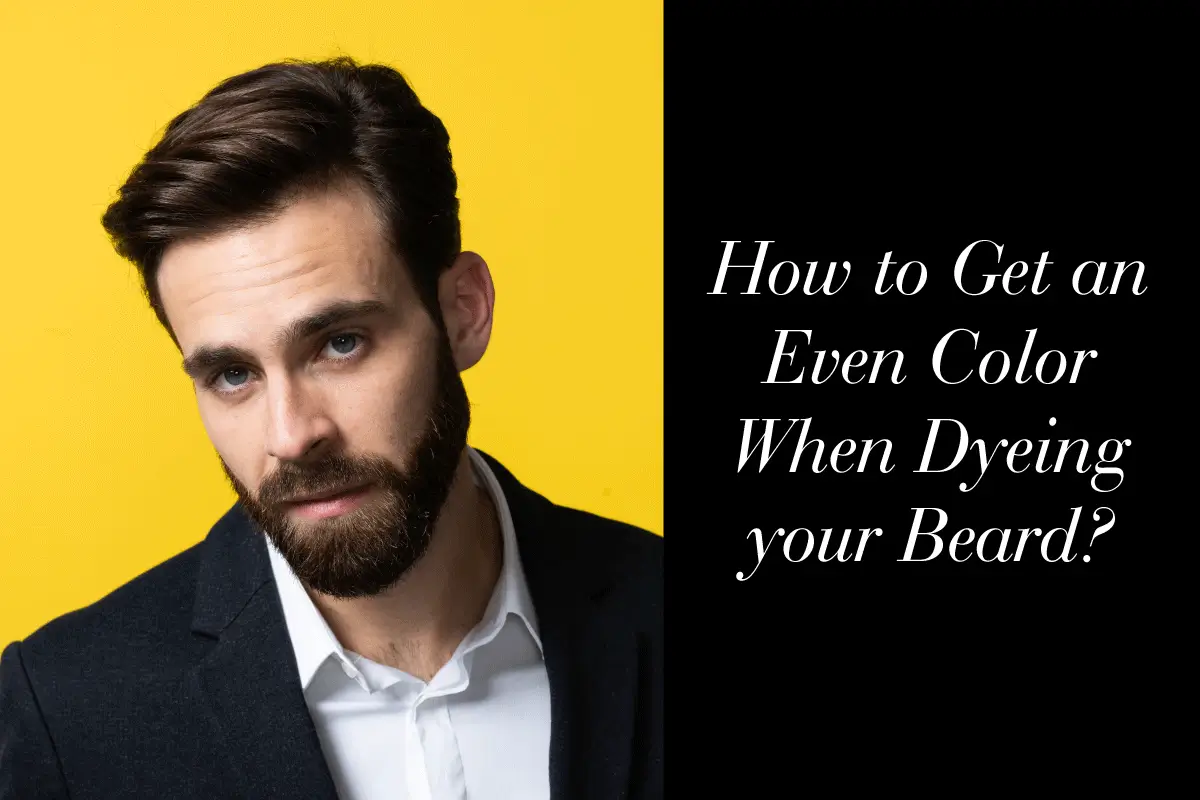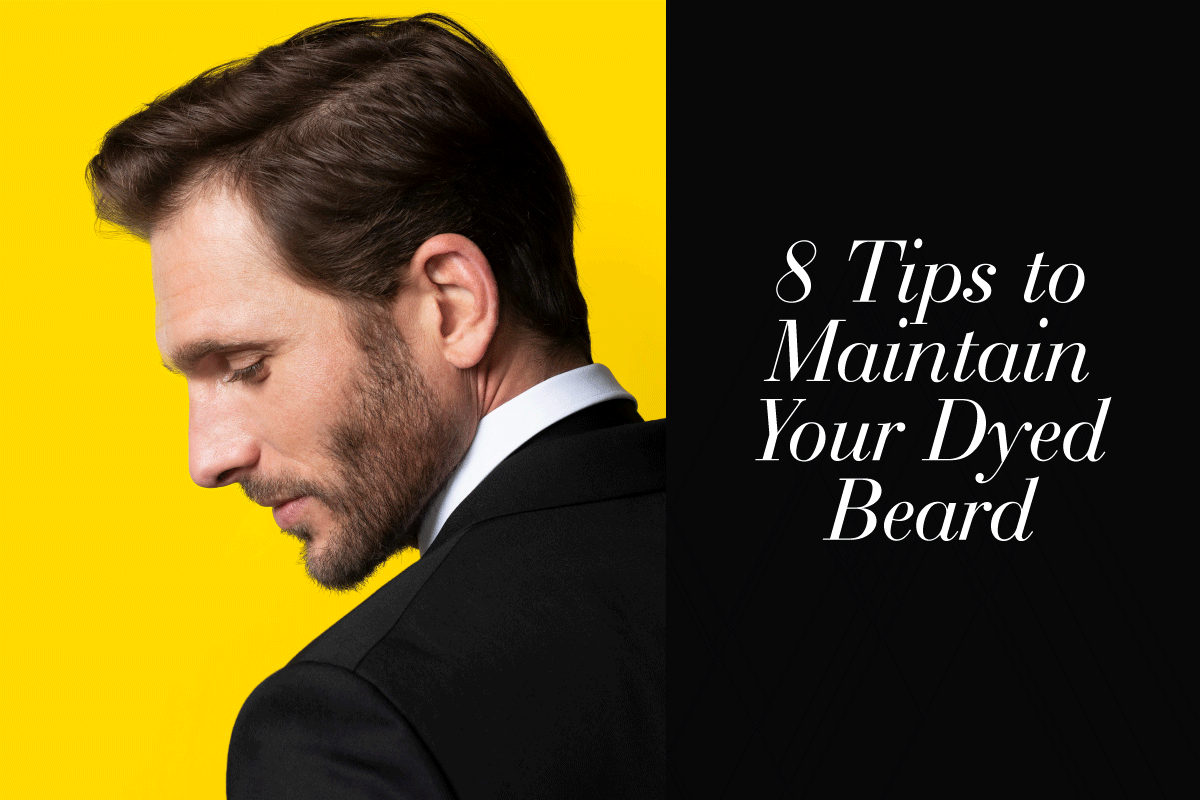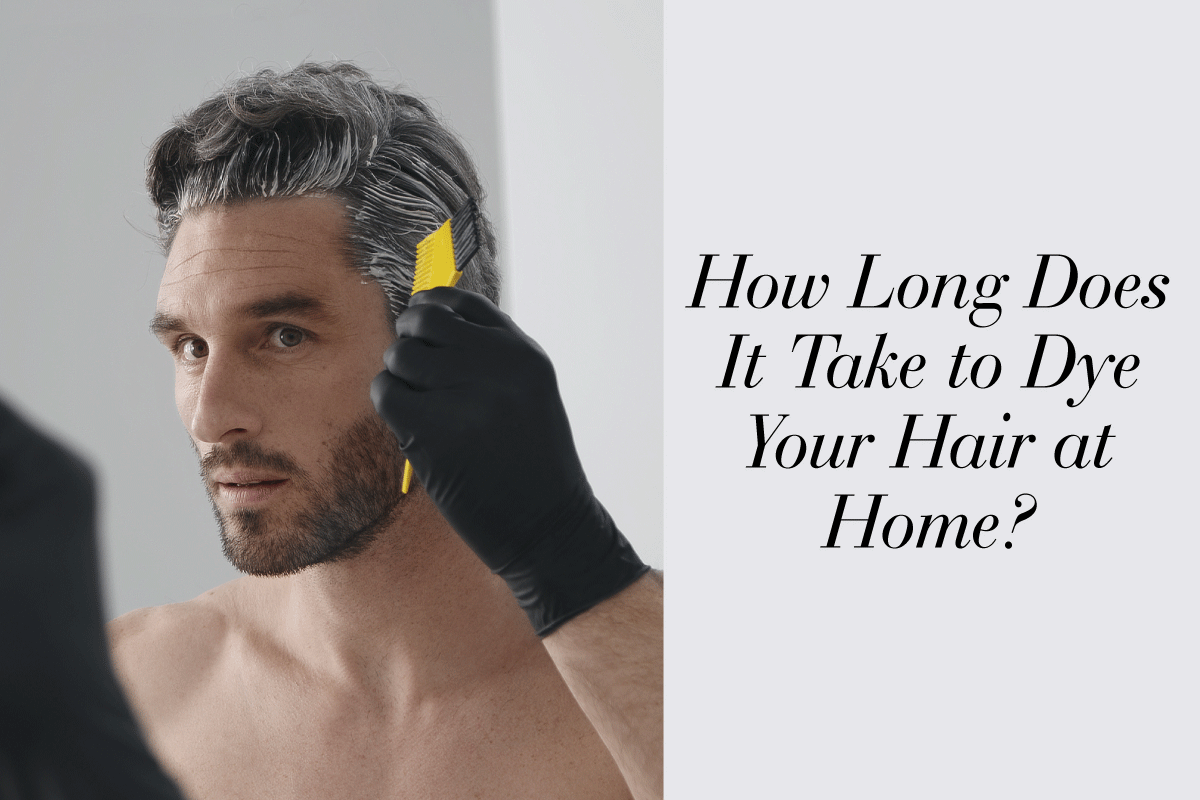The Evolution of Men's Grooming Trends

Men’s grooming habits have transformed dramatically over centuries, influenced by cultural shifts, technological advancements, and changing perceptions of masculinity. From the clean-shaven looks of ancient civilizations to today’s diverse styles, understanding this evolution offers insights into how societal norms and personal expression shape male grooming routines.
Evolution of men’s grooming trends through history
Ancient civilizations: The dawn of grooming
Grooming has been integral since ancient times. In Ancient Egypt, grooming symbolized status and hygiene. Men shaved their heads and bodies, using bronze razors to maintain cleanliness in the hot climate, wore elaborate wigs, and used scented oils for skin protection.
In Ancient Greece and Rome, grooming was linked to ideals of beauty and sophistication. Greek men favored short hair and beards, associating them with wisdom and masculinity. Roman men often opted for clean-shaven faces, a trend popularized by Julius Caesar and later adopted by soldiers to prevent enemies from grabbing their beards in battle.
The Middle Ages: Monastic influence and practicality
During the Middle Ages, grooming trends were influenced by the Church. Monastic orders required monks to shave their heads in a style known as the tonsure, symbolizing religious devotion. Among the lay population, long hair and beards were common, reflecting practicality and a departure from Roman clean-shaven looks.
Hygiene practices declined during this period, with infrequent bathing and rudimentary grooming tools. However, knights and nobles maintained grooming standards, often wearing their hair long and flowing, indicative of their status and warrior ethos.
The Renaissance: A revival of elegance
The Renaissance marked a revival of art, culture, and grooming sophistication. Influenced by classical ideals, men embraced refined grooming practices. Wealthy men sported elaborate hairstyles and meticulously groomed facial hair, styled into pointed beards and mustaches. Perfumes and colognes became popular to mask body odors, as daily bathing was still uncommon.
Barber-surgeons emerged, offering grooming services alongside minor surgical procedures. They played a crucial role in shaping grooming trends, using advanced tools and techniques for the upper echelons of society.
The 18th and 19th centuries: The birth of modern grooming
The 18th century saw the advent of modern grooming practices, driven by technological advancements and changing social norms. Men valued cleanliness and personal hygiene more than ever. The powdered wig became a symbol of aristocracy in Europe, and men frequently visited barbers for maintenance.
The invention of the straight razor revolutionized shaving, allowing men to achieve a closer shave. This period also saw the emergence of grooming products like pomades, waxes, and colognes, catering to the growing demand for personal care.
In the 19th century, the Industrial Revolution made grooming tools and products more accessible. Men’s grooming routines became more standardized, with daily shaving and haircuts becoming common practice.
The early 20th century: Clean-cut and military influence
The early 20th century was marked by the clean-cut look, influenced by military standards during World Wars. Short haircuts and clean-shaven faces symbolized discipline and professionalism. The safety razor, introduced by King Camp Gillette, made shaving safer and more convenient, solidifying the daily shaving routine for men.
Hollywood played a significant role in shaping grooming trends. Movie stars like Clark Gable and Cary Grant epitomized the clean-cut look, setting standards for men’s grooming.
The 1960s and 1970s: Rebellion and individuality
The cultural upheavals of the 1960s and 1970s brought dramatic shifts in men’s grooming trends. Long hair, beards, and mustaches became symbols of rebellion against conservative norms. The counterculture movement embraced natural and unkempt looks, challenging the clean-cut standards of the 1950s.
Ethnic hairstyles rose, with African American men embracing natural afros and dreadlocks as expressions of cultural pride. Grooming became a form of personal and political statement, reflecting broader societal changes.
The 1980s and 1990s: The era of excess and experimentation
The 1980s and 1990s saw bold and diverse grooming trends. The 1980s emphasized fashion, grooming, and self-care. Men experimented with various hairstyles, including mullets, perms, and spiky hair. Grooming products like gel, mousse, and hairspray became essential.
Facial hair saw a resurgence, with mustaches, goatees, and stubble becoming popular. The fitness craze of the 1980s influenced grooming trends, as men sought muscular and well-groomed appearances.
In the 1990s, the grunge movement brought relaxed and disheveled looks into mainstream culture. Long hair and unkempt styles became fashionable, reflecting the laid-back ethos of the era.
The 21st Century: A new age of grooming
The 21st century has ushered in a new age of grooming, blending tradition and innovation. Men today have access to a wide range of grooming products and services, allowing them to tailor their routines to individual preferences and needs.
Beard renaissance and personalization
The 21st century has seen a beard renaissance, with men embracing various facial hair styles. Beard oils, balms, and grooming kits reflect modern men’s commitment to grooming. Personalization has become key, with brands like Cleverman offering customized hair dye kits, catering to unique hair color and texture.
Sustainability and health consciousness
Sustainability and health consciousness have become important in modern grooming. Men are increasingly opting for products free from harmful chemicals and made from natural ingredients. Eco-friendly grooming brands reflect a growing awareness of personal care products’ impact on the environment and health.
The wellness movement has influenced grooming trends, with men incorporating self-care practices. Skincare, anti-aging products, and holistic grooming practices have gained popularity, reflecting a holistic approach to personal care.
Technology and innovation
Technological advancements shape modern grooming trends. Electric razors, grooming apps, and smart mirrors enhance the grooming experience. Men can access personalized grooming advice, track skincare routines, and achieve precise results with innovative tools.
The future of men’s grooming
Men’s grooming will continue to evolve, driven by changing societal norms, technological advancements, and individual preferences. Personalization and sustainability are likely to continue, with brands offering tailored and eco-friendly solutions.
Inclusivity will play a key role, catering to a wider range of skin tones, hair types, and personal preferences. The future promises to be more inclusive, personalized, and innovative, reflecting modern men’s evolving needs and desires.



